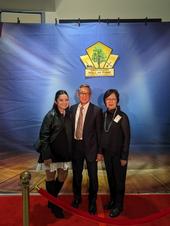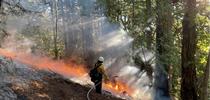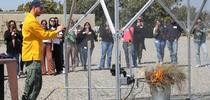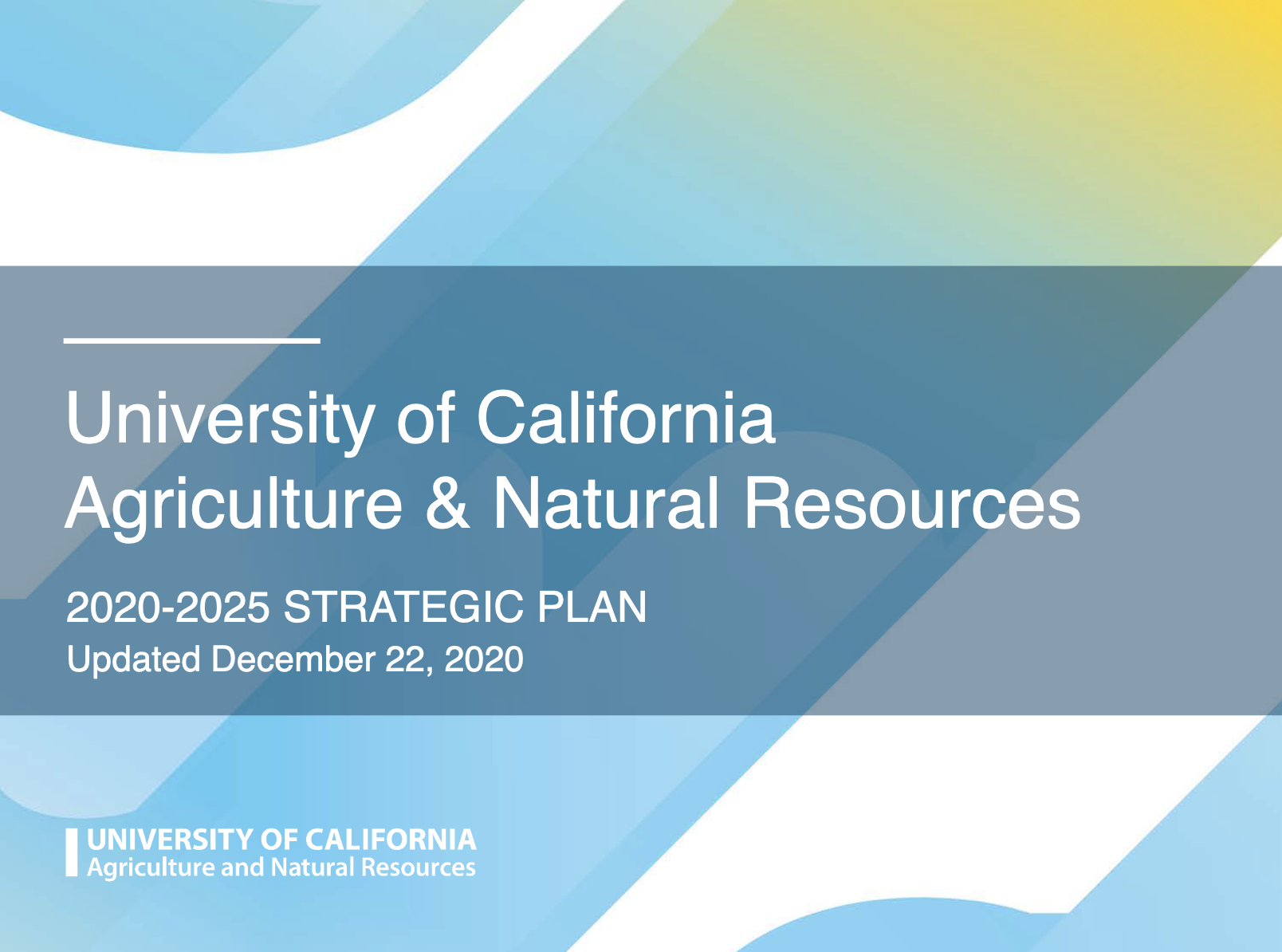UC Cooperative Extension | Agricultural Experiment Station
Green Hall of Famer Oki retires after 29-year UC career

UCCE specialist's research prevents water pollution, reduces water use When interviewed to become a University of California Cooperative Extension specialist in environmental horticulture, Lorence “Loren” Oki was asked what kind of...
UC Delivers
Aquatic invasive species cause significant economic and ecological problems. Quagga and zebra mussels clog water supply systems and deplete plankton; their sharp shells endanger people who work, boat or fish in lakes. Tiny New Zealand mudsnails, which are poor food for fish, displace native snails. Invasive bullfrogs and clawed frogs voraciously consume native species and carry a disease that has decimated native frog populations. Dense mats of invasive waterweeds, such as hydrilla, spongeplant and water hyacinth, slow water flow in streams and irrigation channels, block boats, and kill native species by blocking out sunlight and causing oxygen levels to fall. However, much of the damage can be reduced if people who work in aquatic habitats are trained. They can help lower the risks of spreading invasive species to new areas and serve as eyes and ears for resource agencies with a mission to manage and control these pests.
Read about: Educating public workers about aquatic invasive pests | View Other Stories







